Source Water Protection
Protecting drinking water sources, including public water supply wells, aquifers, and intakes on reservoirs, lakes and rivers.
Ensuring safe drinking water requires keeping drinking water sources (wells and surface water) as clean as possible. Additionally, it is less expensive and more protective of public health to prevent contamination than it is to treat water to meet regulatory standards. Municipalities and water suppliers have key roles in managing land uses that affect source water quality. Effective protection relies on the combined efforts of the state, water suppliers, municipalities, businesses, institutions, nonprofit organizations and individuals whose activities have the potential to affect source water quality. To prevent source water contamination, following established best practices and substituting safer products can reduce the potential release off harmful substances, including certain emerging contaminants such as PFAS. US EPA's Safer Choice Program helps to identify safer chemicals that can be used in consumer products and manufacturing applications. Other organizations working on similar initiatives to identify safe alternatives to PFAS include:
- Green Seal's Taking a Leadership-Position in Certified Products.
- Green Policy Institute's List of PFAS Free Alternatives.
- Environmental Working Group's List of Products without intentionally added PFAS or PFCs.
- UMASS Lowell's Toxic Use Reduction Institute.
While NHDES supports efforts to identify, substitute and use alternatives that reduce harmful PFAS use, the department cannot independently verify the environmental, health and performance of alternatives suggested by third-party certifying organizations.
For more information about drinking water threats and the role of municipalities in source water protection, see the Source Water Assessment page.
Wells and Groundwater
Protecting wells and groundwater helps to avoid drinking water contamination and protect public health. Contaminants in groundwater can result in additional treatment costs or the loss of wells that cannot comply with current drinking water standards. Approaches to protecting public water supply wells and other important groundwater resources include implementing zoning to exclude incompatible uses from key areas such as Wellhead Protection Areas (WHPAs) and high-yield aquifers, inventorying and inspecting potential contamination sources (PCSs) in WHPAs, educating the public about the importance of protecting drinking water, and conserving land in WHPAs.
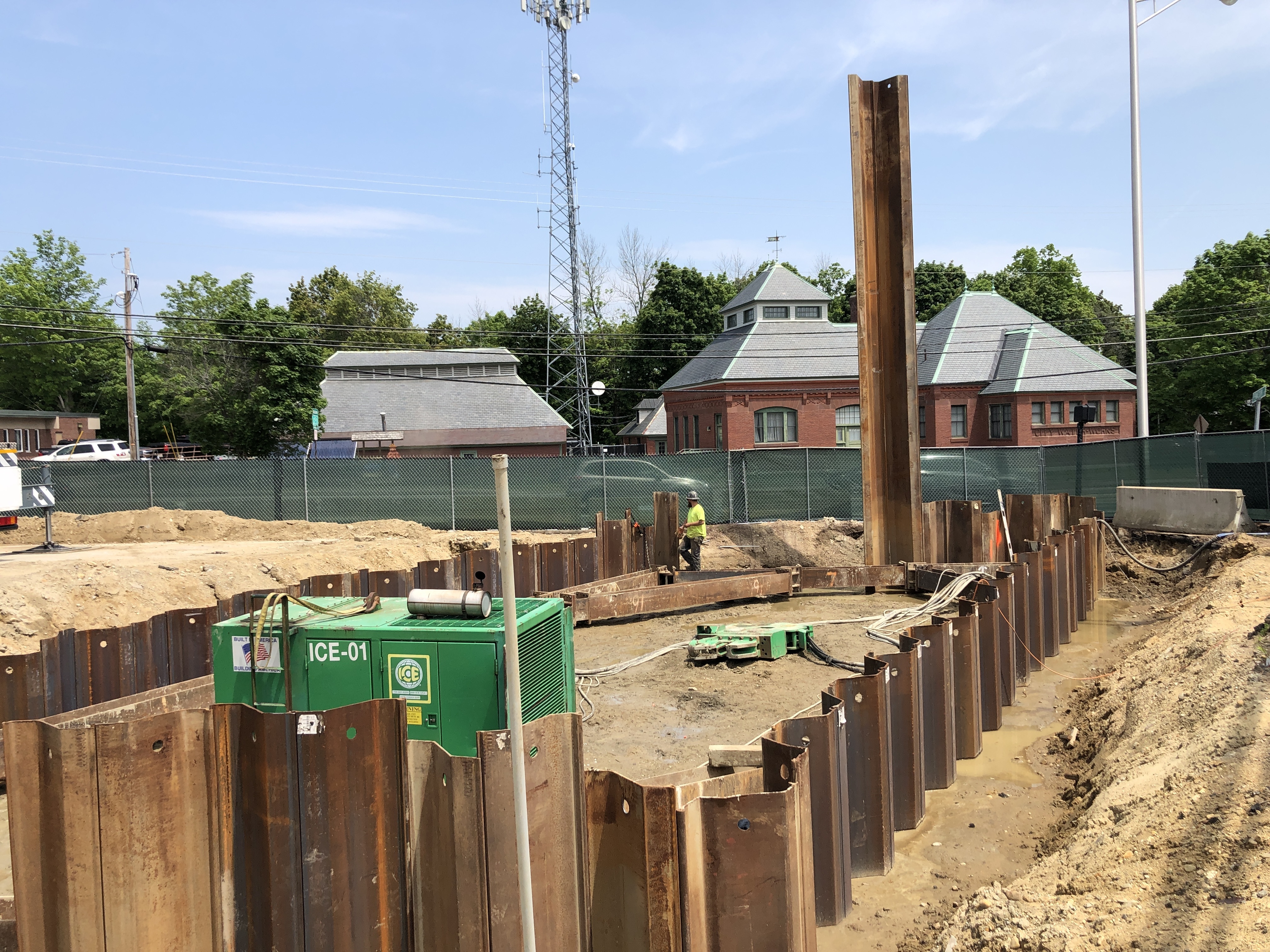
Develop a Protection Plan
Public Water Systems can develop plans that clearly delineate source protection areas, inventory potential contamination sources and identify actions that limit the risk of contamination of local aquifers, lakes and rivers. Source protection plans include actions that protect critical water supply lands, outline public education activities and support the adoption of local regulations that protect drinking water resources. Another proactive step is to form a Source Water Collaborative.
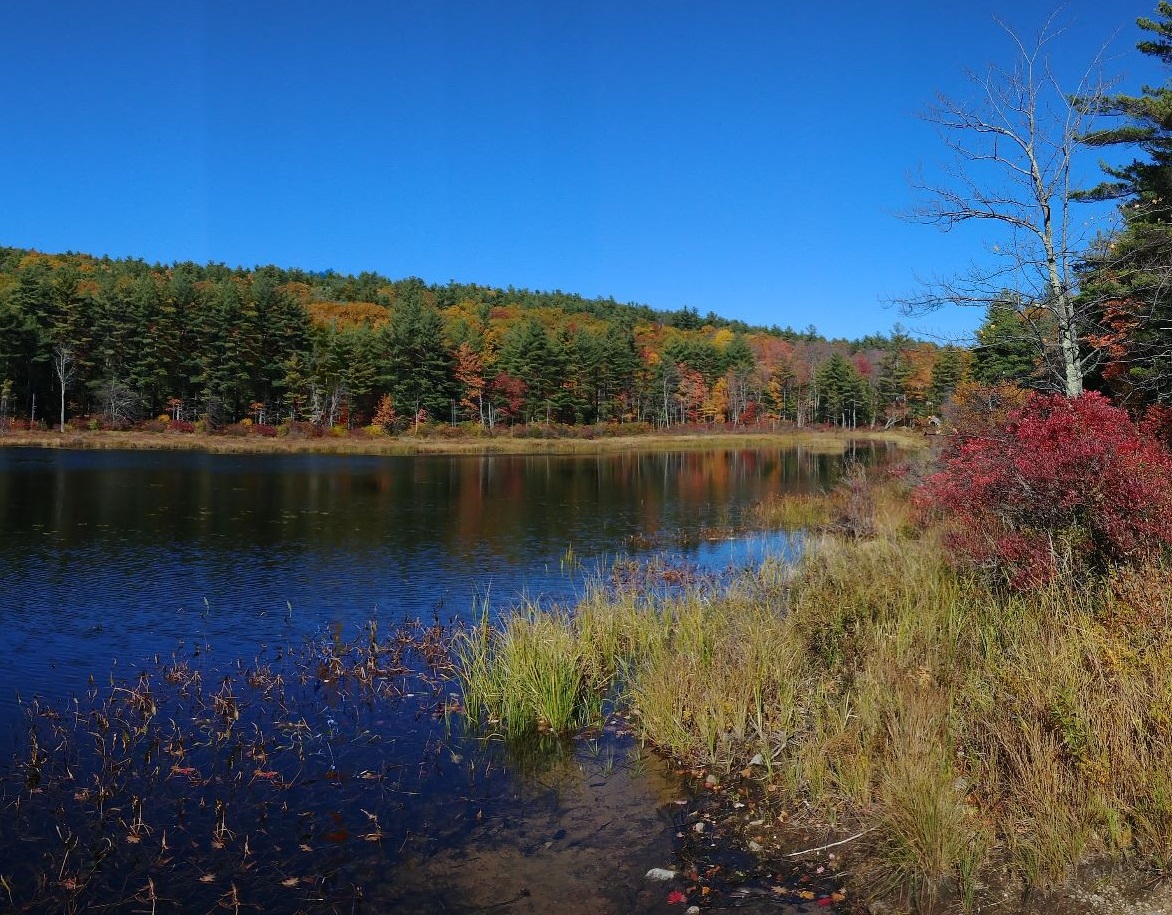
Groundwater reclassification increases protection
Groundwater Reclassification is an elective program that allows municipalities or public water suppliers to increase local protection of groundwater by upgrading the state’s classification of a groundwater resource. There are four classes of groundwater in New Hampshire, as outlined in New Hampshire’s Groundwater Protection Act. Groundwater reclassification application and renewal forms can be found on nForm.
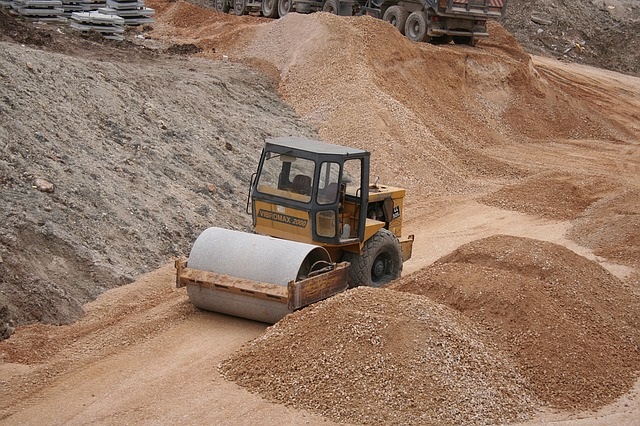
Local Zoning and Health Ordinance
Cities and towns can place limits on what kinds of development are acceptable in specific areas of a community through various sorts of local ordinances including zoning and health regulations. For example, local zoning laws usually set up different districts for residential, retail/commercial, and industrial activities to avoid conflict among various land uses.
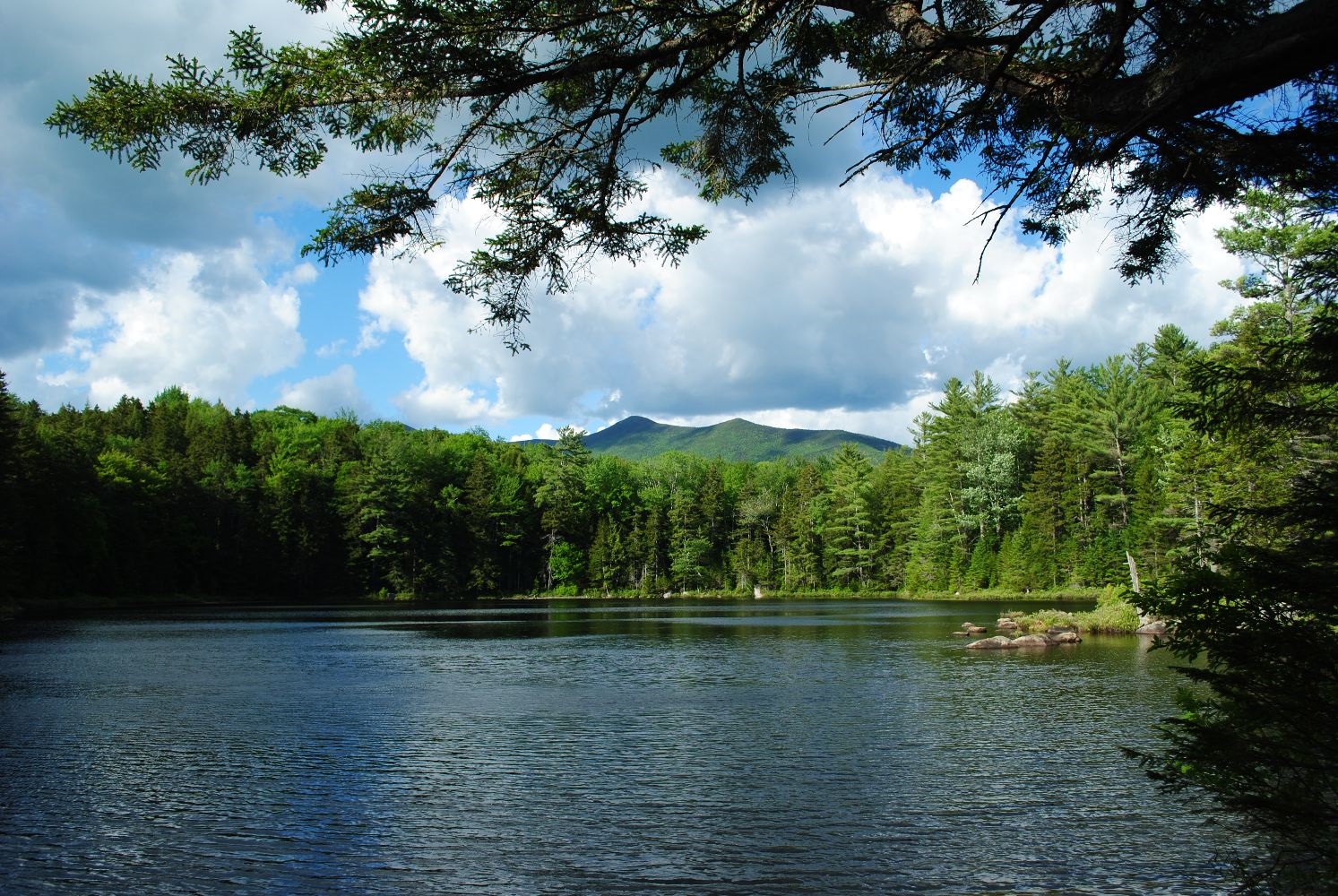
Apply for a grant to protect wellheads
NHDES provides grant funding for source water protection projects to help complete a wellhead protection area (WHPA) delineation, inventory potential contamination sources, develop local protection ordinances, conduct shoreline surveys, education and outreach activities, and improve security around sources of drinking water.
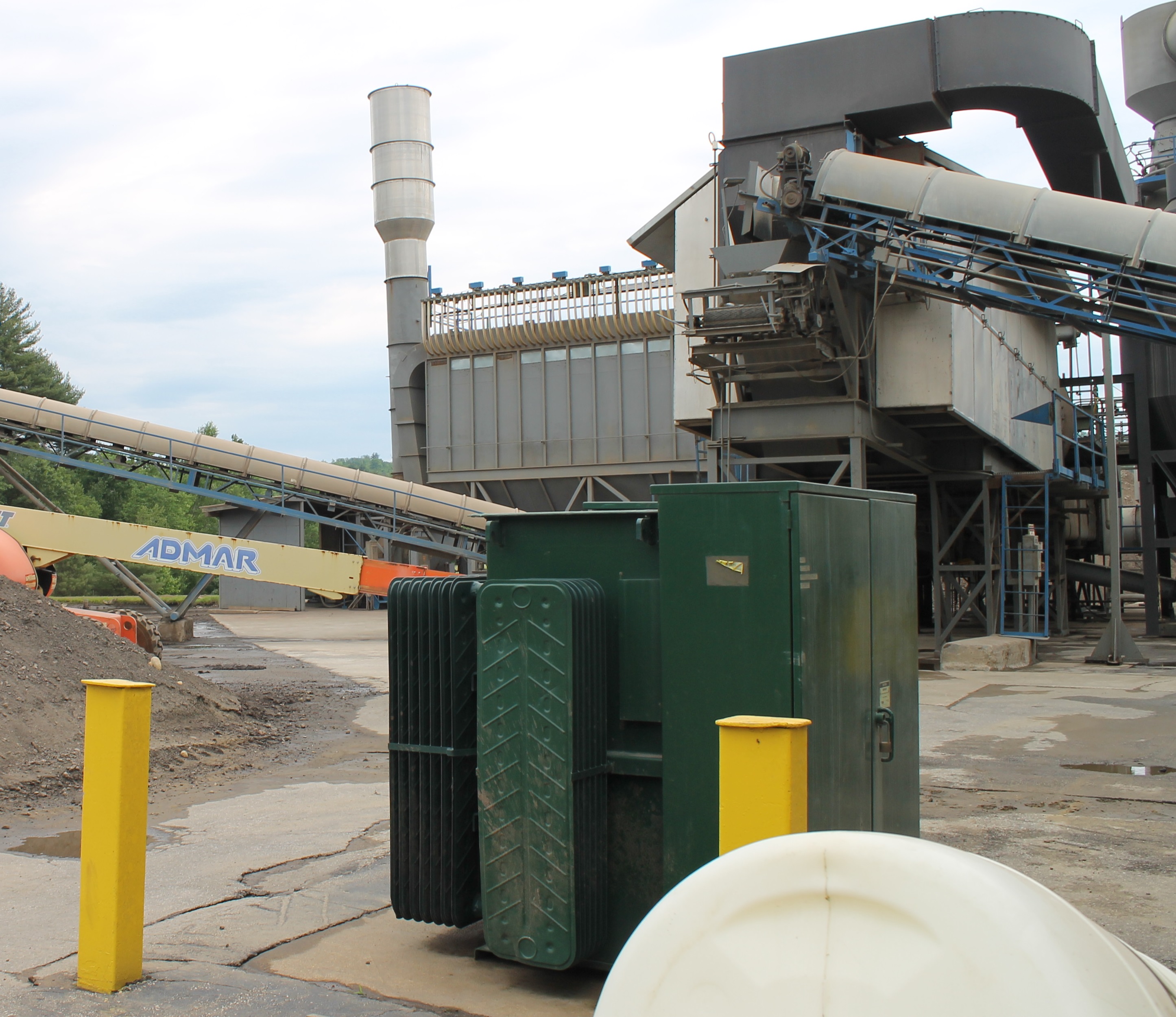
Institute a Local BMP Program
Groundwater Best Management Practices (BMPs) are common-sense ways to store, transfer and contain harmful and/or regulated substances that could contaminate groundwater. Groundwater BMPs are required under Env-Wq 401. BMP inspection programs, typically adopted by municipalities or public water systems, involve visiting local Potential Contamination Sources to ensure compliance with NHDES’ rules. NHDES offers an online BMP Training course for inspectors. For additional information, contact Liz Pelonzi at ann.pelonzi@des.nh.gov.
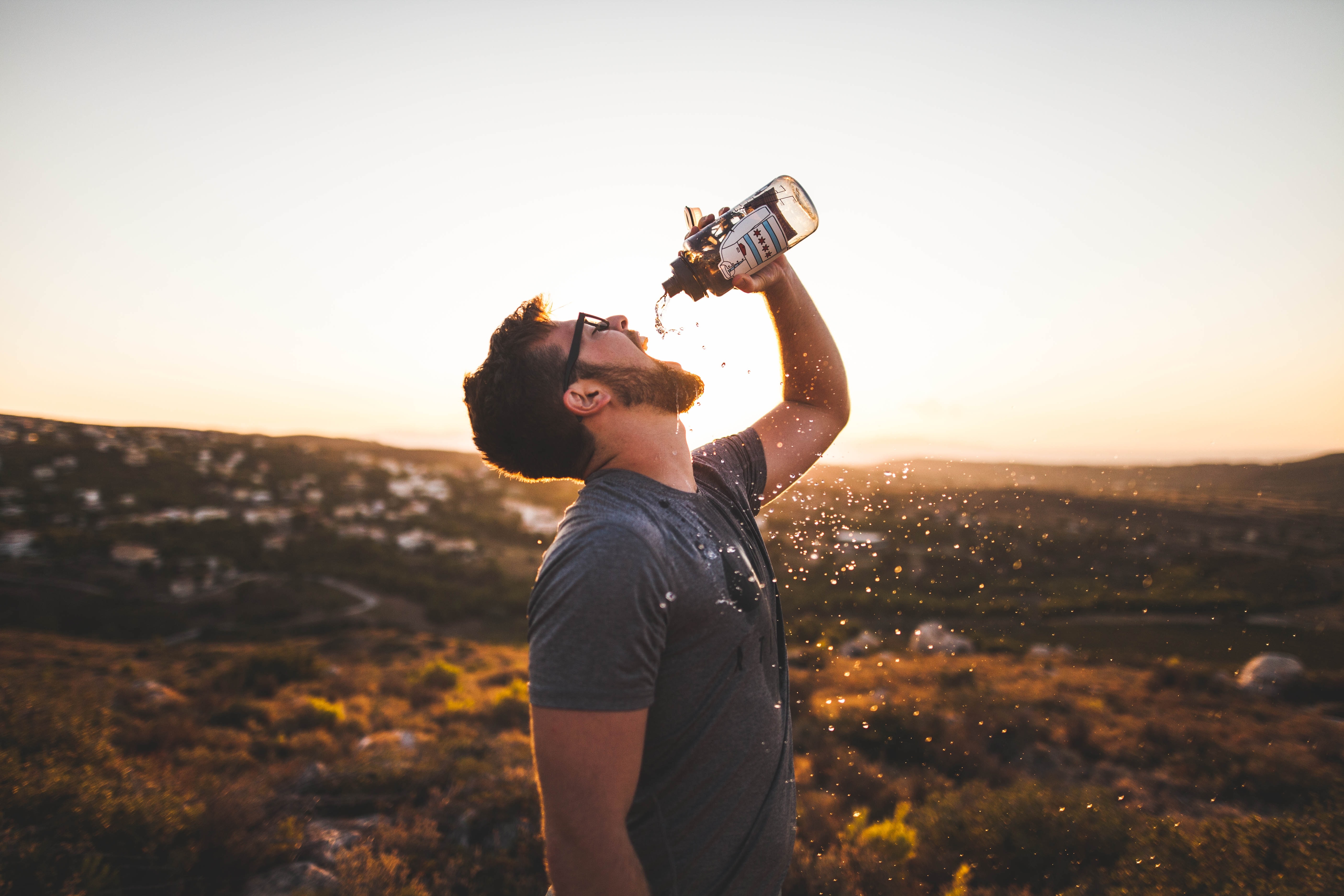
Provide education resources to home and business owners
Educating homeowners and business owners on how to handle hazardous substances is an effective way to manage potential threats to groundwater. An effective means of education is to send letters and fliers to businesses and residents within the protected area.
Surface Water Sources
A majority of New Hampshire residents served by public water systems rely on surface water (lakes, reservoirs and rivers) as a source of drinking water. Contaminants from residential, commercial, industrial and agricultural land use can make it costlier to treat water to safe drinking water standards. Fertilizers, manure and eroding soil can overload surface waters with phosphorous and nitrogen causing excessive algae growth, adding to treatment costs and health concerns. Protecting surface waters as drinking water sources often involves some combination of protecting critical water supply lands, developing watershed management plans, improving stormwater management, public education, and adopting zoning and other local land use controls such as shoreline buffer ordinances. Grant resources are available to better monitor cyanobacteria (see Cyanotoxin Monitoring Equipment and Training Grants) and institute a range of local source water protections (see Local Source Water Protection Grant Program).
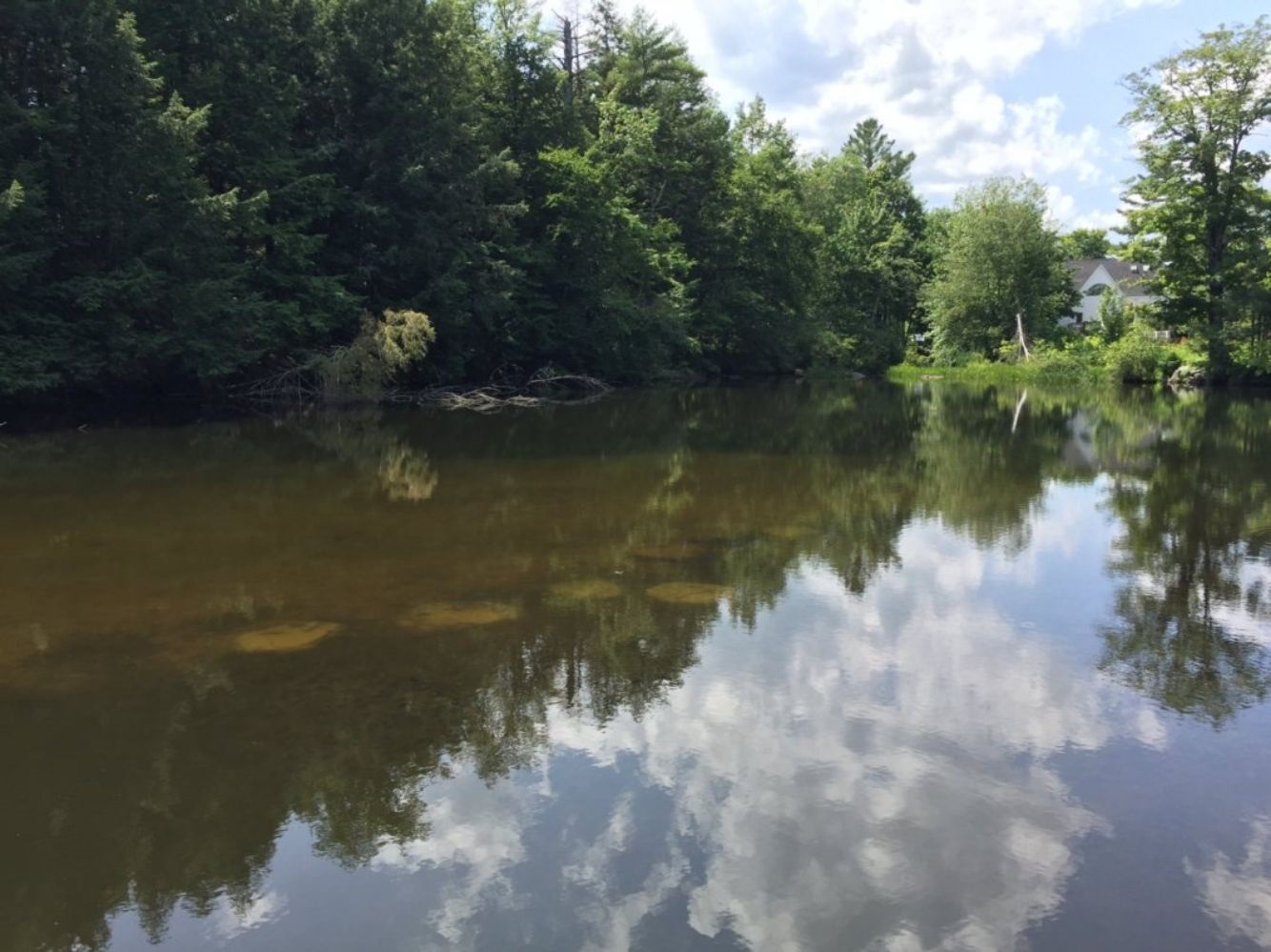
Watershed Plans and Riparian Buffers
Watershed plans include regulatory and non-regulatory approaches to meet clean water and safe drinking water goals by identifying strategies to better protect rivers, lakes and other surface water. Development of the natural landscape can lead to increases in runoff that can carry oil, nutrients and metals into surface water. Watershed planning and protection of riparian buffers are important to maintain surface water quality.
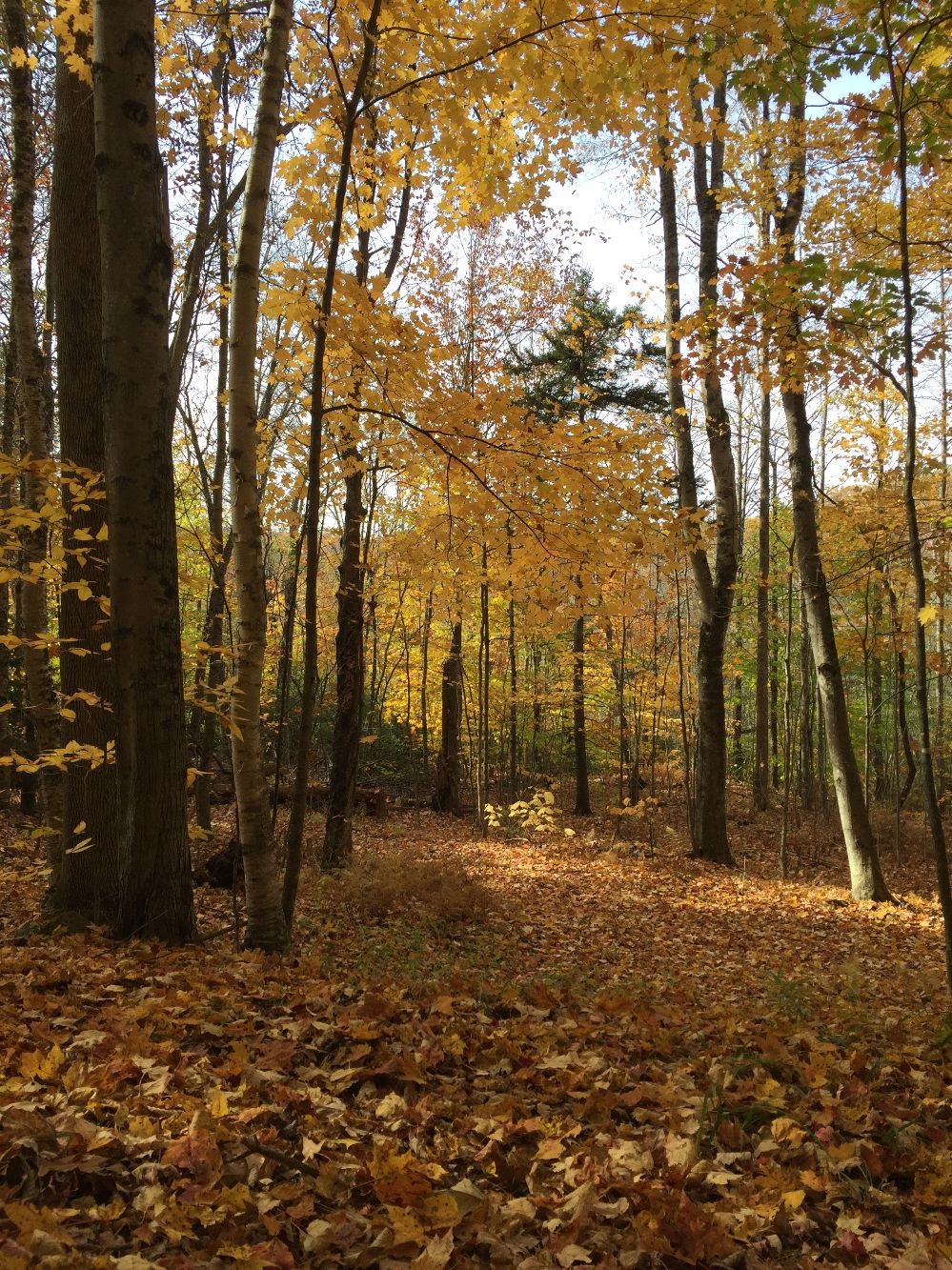
Conserving Water Supply Land
Conserving land within a water supply watershed, aquifer or wellhead protection area is a longstanding practice used to protect the quality and availability of source water. Funding for land conservation is available through the Drinking Water and Groundwater Trust Fund, as well as a number of other land conservation organizations. The Drinking Water and Groundwater Trust Fund is intended to provide for the protection of the drinking water and groundwater resources of the state.
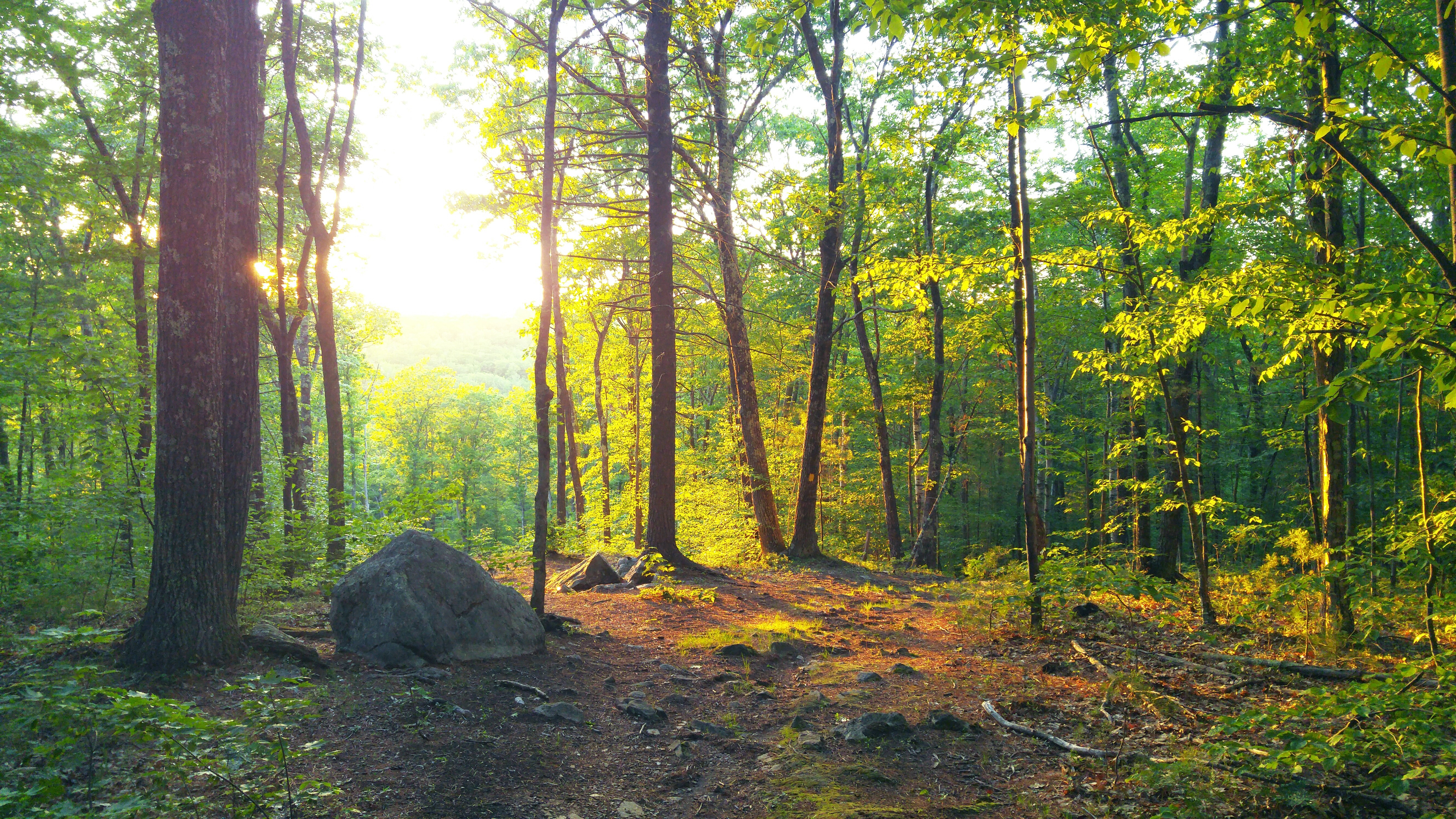
Adopting Water Supply Watershed Regulations
Through the Protection of the Purity of Surface Water Supplies rule, Env-Dw 902, water suppliers and municipalities can petition NHDES to enact watershed regulations to prohibit certain incompatible land and water uses on or near their surface water supply source and its tributaries. The advantage of adopting water supply watershed rules through NHDES is that watershed protections can be applied beyond municipal boundaries to protect the entire watershed. For additional information, contact the Source Water Protection Program at (603) 271-0688.




